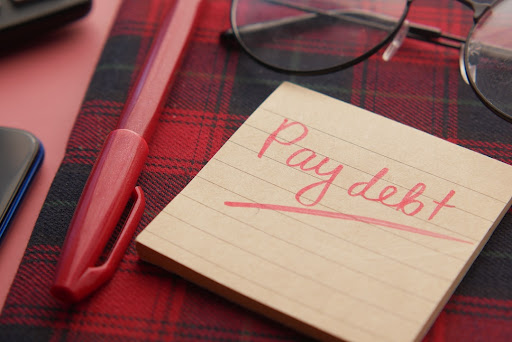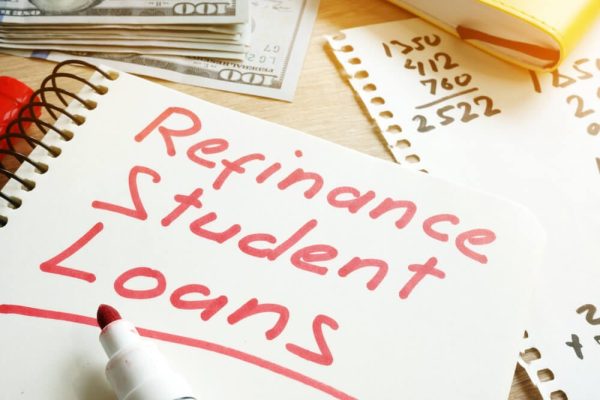Student loans are a common form of financial assistance for students across the country. However, managing this debt can sometimes feel overwhelming. With the right combination of knowledge and tools, it’s possible to get a handle on your student loan debt. Keep reading to discover more about managing this significant financial obligation.
Understanding Your Student Loan Debt
The first step in managing your student loans is gaining a thorough understanding of your debt. This includes knowing what type of loans you have, their interest rates, and your lenders. Understanding all aspects of your student loan can lead to informed decisions about repayment.
If you are uncertain about these factors, consider seeking professional advice. Searching for “experts who can advise me on student loan forgiveness” can be tremendously helpful in getting you the needed clarity.
Once equipped with all the information, consider your repayment options. Standard, graduated, extended, and income-based are some repayment plans you might like to consider. Look at every plan to see what works best for your financial situation.
Remember, it’s vital to stay in touch with your loan servicer. Let them know if you’re experiencing financial difficulties or if your circumstances change. They can guide you towards options that may be suitable.
Types of Student Loans: Federal vs. Private
Federal student loans are funded by the federal government while private student loans are provided by private banks and financial institutions. Distinguishing between these two types of loans can help you choose the right repayment plan.
Federal loans often have lower interest rates and flexible repayment options. On the other hand, private loans may offer higher borrowing limits but with less flexible repayment terms.
Understanding these differences can also determine eligibility for certain debt relief programs. For example, federal loans qualify for programs such as deferment, forbearance, or income-driven repayment plans, which might not be available for private loans.
Finally, note that loan forgiveness is generally only available for specific types of federal loans. For private loans, student loan settlement could be an option under extreme circumstances.
Strategies for Paying Off Student Loans Faster
There are numerous strategies you can adopt to pay off your student loans faster. Starting payments while still in school, paying more than the minimum amount when possible, and using additional money like tax refunds to repay loans can help reduce your loan balance.
Consolidating your loans into one loan can also help manage repayments. It not only simplifies your payments but may sometimes lead to lower interest rates.
Another popular strategy is the ‘Snowball Method’ where you focus on paying smaller debts first, while the ‘Avalanche Method’ of repayment targets loans with the highest interest rates first.
Whatever strategy you choose, ensure you balance it with future financial goals like retirement savings and buying a home.
Refinancing Student Loan Debt: Pros and Cons
Refinancing student loans can potentially lower your interest rate, thereby reducing the overall amount you owe. Additionally, it can help consolidate multiple loans into one, simplifying your monthly payments. This can give you more freedom to focus on future financial goals.
However, refinancing is not appropriate for everyone. It may not be beneficial if the potential savings from a reduced interest rate are minimal or if extending the repayment term results in paying more overall.
Also, you may lose certain privileges and benefits associated with the original loan, such as forbearance options, subsidized interest, or loan forgiveness opportunities when you refinance.
Thus, it is crucial to consider all factors and your future financial plans before deciding to refinance.
Dealing with Default: Recovering from a Student Loan Default
If you missed payments and are facing default, you have options to recover. The Education Department provides options like loan rehabilitation and loan consolidation which can help you avoid the harsh consequences of defaulting.
In loan rehabilitation, you agree to make nine affordable monthly payments over ten consecutive months. This not only gets your loan out of default but could also positively impact your credit score.
Alternatively, loan consolidation enables you to pay off a defaulted loan by taking out a new consolidation loan. However, you’ll need to agree to either an income-driven repayment plan or to make three consecutive, voluntary, and on-time payments before consolidating.
In the case of private loans, talking with your lender or seeking the help of a financial advisor can help identify possible solutions.
Altogether, understanding your loans and the wide variety of repayment options can help you manage your student loan debt effectively. With careful planning and perseverance, it’s possible to navigate the path to financial freedom successfully.





